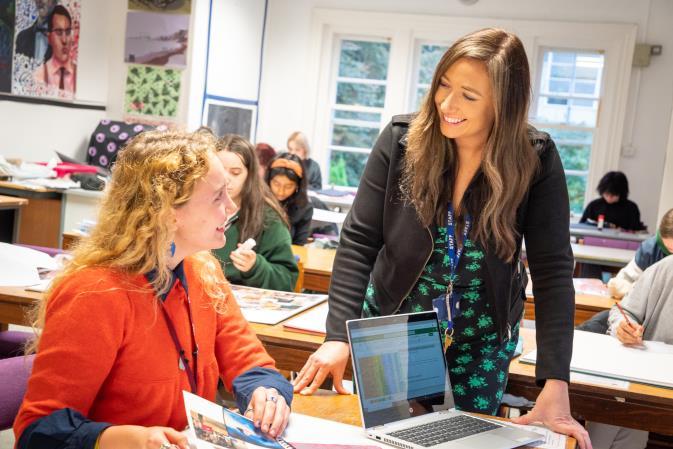
3 minute read
A R T
FREE OPTION CHOICE ART
Gcse art
During this course, students need to draw upon skills acquired during Key Stage 3. They will enjoy a more independent approach to work and experiment with a variety of materials using a range of art, craft and design processes in two and/or threedimensions, with both traditional and new technologies. Although it is not necessary to be highly skilled at drawing to take Art, enthusiasm and commitment is needed to do well. A new emphasis on drawing has been placed in the new specification.
The Art and Design GCSE course also helps students to explore and extend their key skills in communication and problem solving. Integral to the creative making processes in Art, students will need to investigate art and artists from the past and from recent times, including European and non-European examples. During the first year, the work relates to two prescribed themes and responses to these themes should demonstrate an understanding of different styles and traditions. In the second year students have the freedom to allow their interests, curiosity, and aptitudes to dictate the focus of their studies. Some of the highlights of the course are visits to art galleries and design centres.
This final assessment is a combination of a portfolio of work (60%) and the externally set task (40%). In the examination at the end of the course there will be ten - hours to complete a focused study. The coursework consists of two major units of work completed during Years 10 and 11 including all pieces of work completed
W H Y A R T ?
The internet has created an explosion of opportunity for digital designers and multimedia artists, animators and illustrators, especially those who are computer savvy. Art continues to be a desirable option for students wishing to pursue ‘traditional’ creative careers, such as architecture, interior design or fine art related professions. Those who make fine art, sculptures, photographs, fashion garments and other hand-crafted products are able to market and sell these directly to the public, without going through a third-party such as a gallery. Art enhances fine motor skills, hand - eye coordination, problem solving skills, lateral thinking, complex analysis and critical thinking skills. Those who can arrange, present and display material in a way that is aesthetically pleasing have an advantage in the workplace whilst coursework teaches you self-discipline.
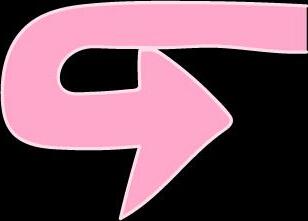
during this time. The main skills acquired during the two year course are those of drawing, observing, analysing, communicating, reviewing, experimenting, designing, making and evaluating. Students will be expected to show appropriate use of colour, line, tone, texture, shape and form with creative experimentation.
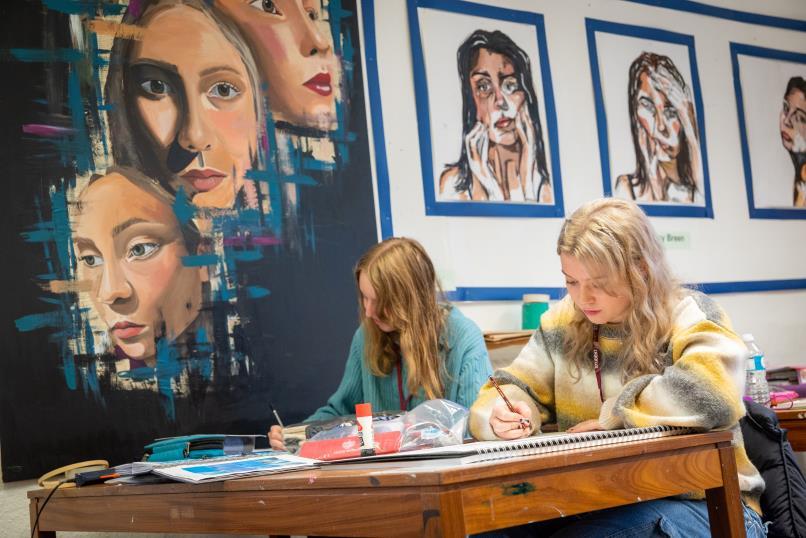
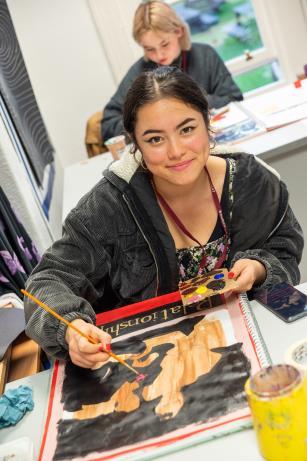
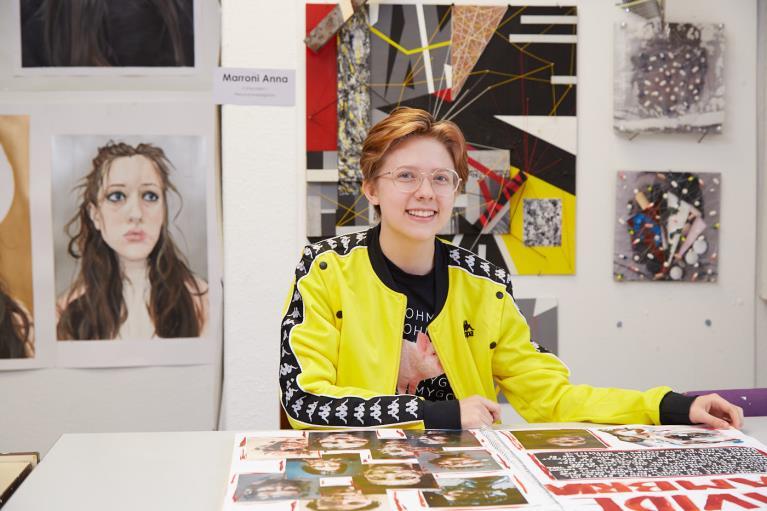
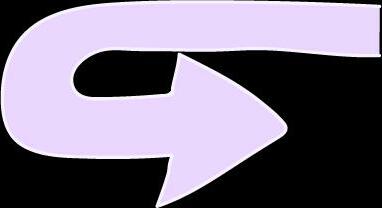
EXTRA CURRICULAR • Support open to all
GCSE students: 2 lunchtimes per week • Trips to Liverpool • Visiting Artists • Regular Art Competitions Contact teacher Ms C Nickell
EXAM BOARD AQA
ASSESSMENT 60% Portfolio 40% Externally set assignment
CAREERS The creative industry Designers Commercial artist Fashion designers Photographers Animator Antique Dealer Architect Art Editor Art Gallery Curator Lecturer Illustrator Graphic Designer Interior Designer Curator
The list is endless
“My advice to women in the arts today is that it is a changed world. But it really is still a case of pushing and pushing and making opportunities and never being complacent.”
Frances Morris, Director of Tate Modern











